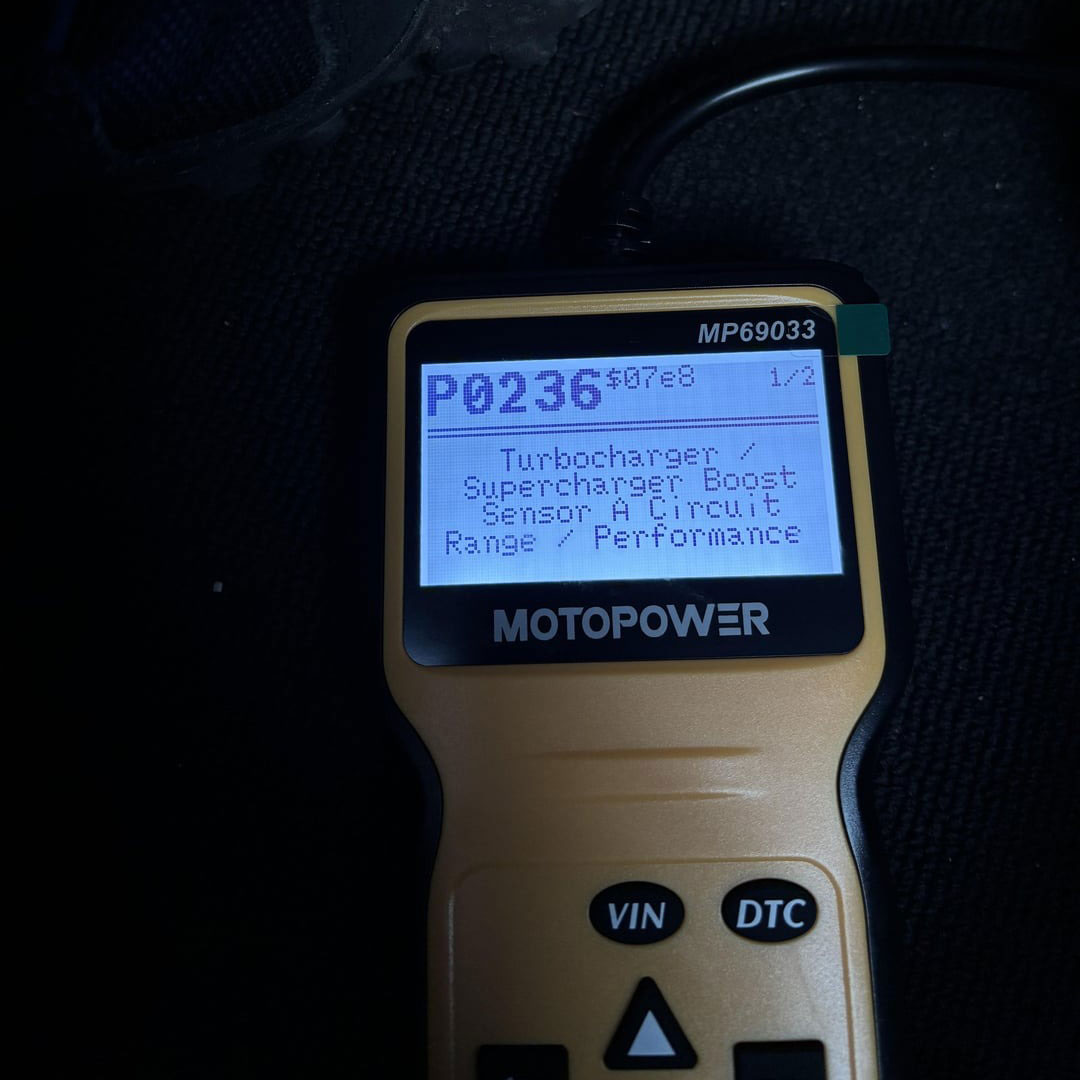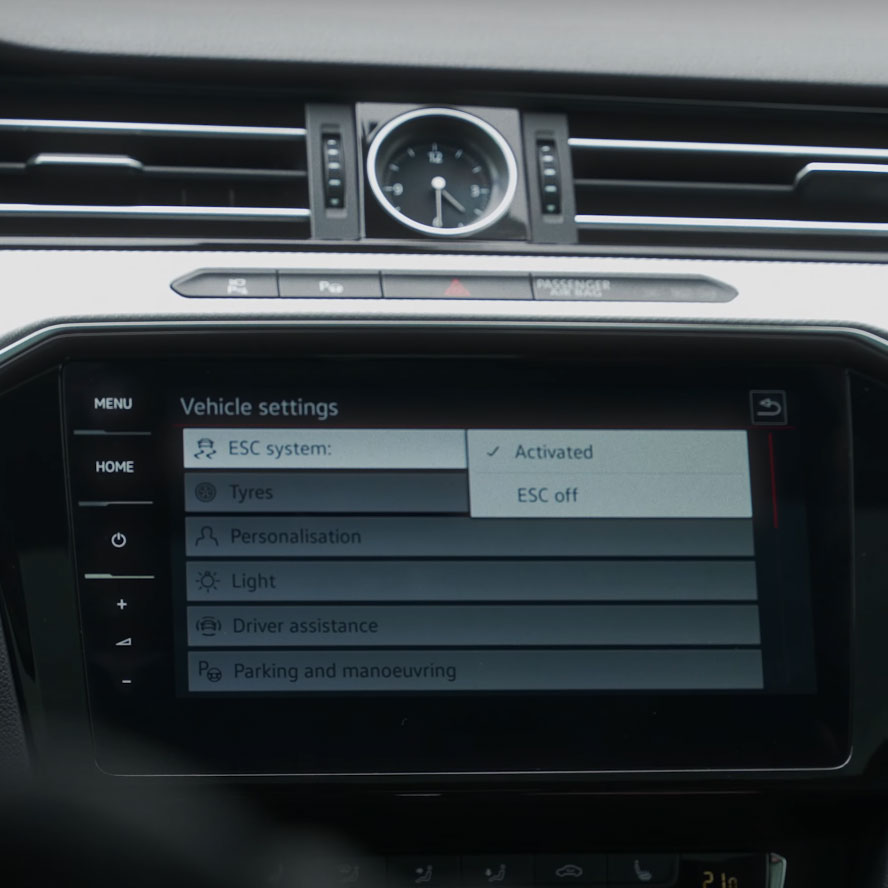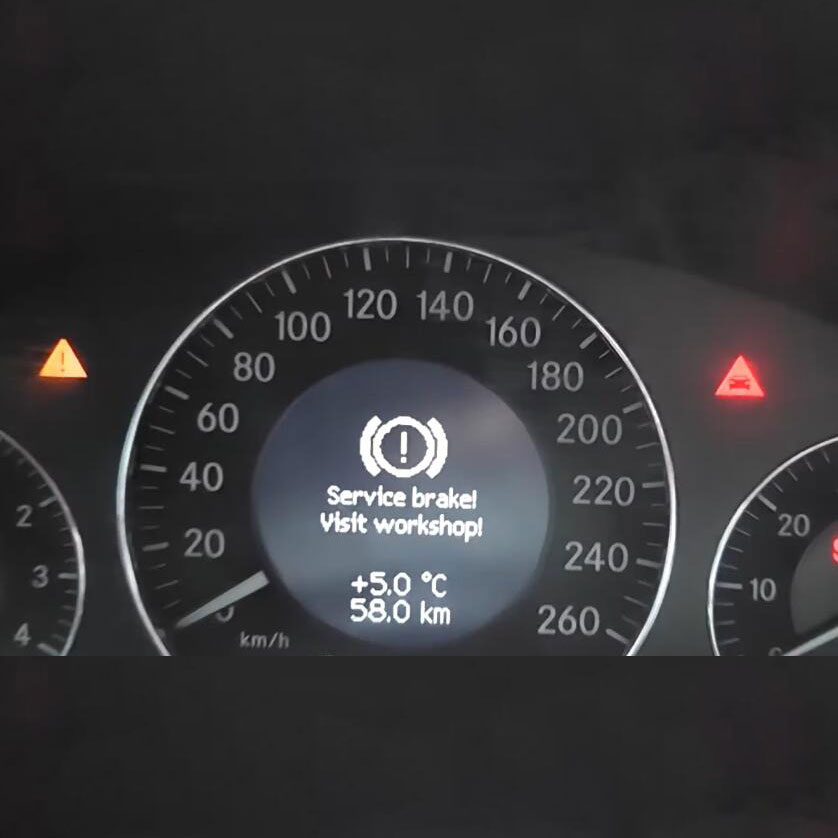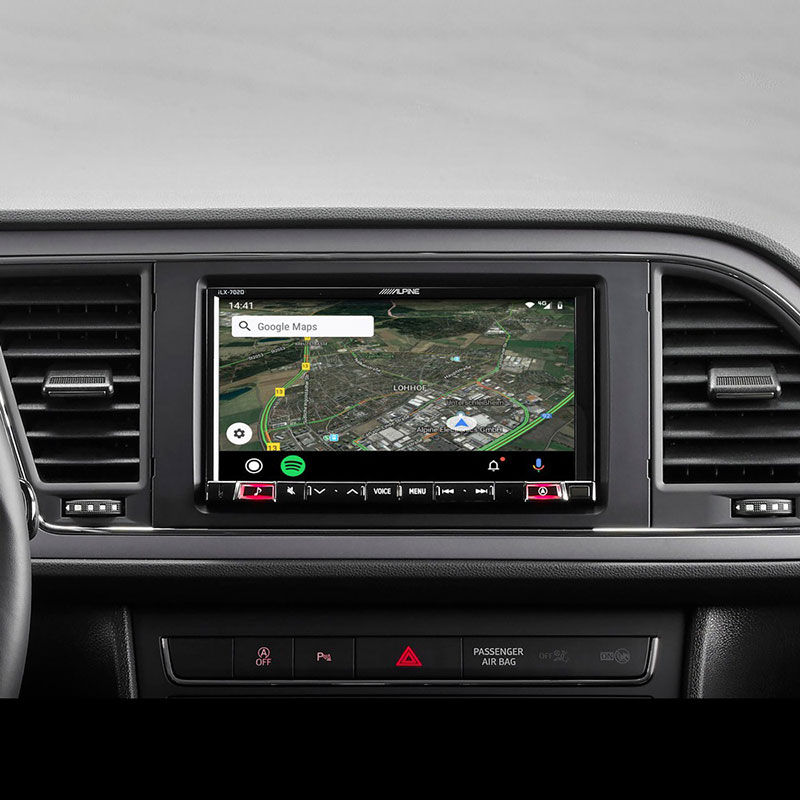
How Do I Fix The Audi P2008 Fault Code?
Contents
- 1. What Does The Audi P2008 Fault Code Mean?
- 2. What Are The Symptoms of The Audi P2008 Fault Code?
- 3. What Are The Common Causes of The Audi P2008 Fault Code?
- 4. How Can I Diagnose The Audi P2008 Fault Code?
- 5. What Tools Are Needed To Diagnose The Audi P2008 Fault Code?
- 6. What Are The Steps To Repair The Audi P2008 Fault Code?
- 7. How Much Does It Cost To Fix The Audi P2008 Fault Code?
- 8. Can AutoExplain.com Help Me Fix The Audi P2008 Fault Code Remotely?
- 9. What Are Other Fault Codes Related To Audi P2008?
- 10. How Can I Prevent The Audi P2008 Fault Code?
- Frequently Asked Questions About Audi P2008 Fault Code
- 1. What exactly does the Audi P2008 fault code signify?
- 2. How critical is the P2008 code for my Audi?
- 3. Is it safe to drive my Audi with the P2008 code active?
- 4. What are the typical symptoms I might notice with the P2008 code?
- 5. What usually causes the P2008 code in an Audi?
- 6. How do technicians diagnose the P2008 code in Audis?
- 7. Which parts are commonly involved when dealing with a P2008 code?
- 8. Is the P2008 code specific to Audi, or is it a generic code?
- 9. What’s the estimated cost to repair the P2008 code on my Audi?
- 10. Can I attempt to fix the P2008 code myself?
- 11. What are the potential consequences if I ignore the P2008 code?
- 12. How does the intake manifold runner control system enhance engine performance?
- 13. Are there any other fault codes commonly linked to the P2008 code?
- 14. Can the P2008 code clear on its own if the issue resolves temporarily?
- 15. What diagnostic tools are essential for addressing the P2008 code?
- 16. How much time does it typically take to diagnose and repair a P2008 code?
- 17. Could low-quality fuel contribute to the P2008 code?
- 18. Are there any preventive steps I can take to avoid the P2008 code?
- 19. Can cold weather trigger the P2008 code in my Audi?
- 20. Are there any manufacturer-specific issues linked to the P2008 code in Audi vehicles?
The Audi P2008 Fault Code indicates a problem with the intake manifold runner control (IMRC) circuit on engine bank 1, which needs immediate attention. AutoExplain.com offers remote diagnostic and programming services to help resolve this issue efficiently, ensuring your Audi runs smoothly. We provide expert support, minimizing downtime and potential engine damage, while offering specialized knowledge and skills in modern car repair to keep you updated.
1. What Does The Audi P2008 Fault Code Mean?
The Audi P2008 fault code signifies an issue within the intake manifold runner control (IMRC) system, specifically on bank 1 of the engine, often indicating an open circuit. This means the Engine Control Module (ECM) has detected a problem in the electrical circuit that manages the intake manifold runner flaps or valves. The IMRC system is crucial for optimizing airflow into the engine cylinders by adjusting the intake runners’ length or geometry, thereby improving engine performance across various RPM ranges and enhancing fuel efficiency.
To further elaborate:
-
Intake Manifold Runner Control (IMRC) System: This system is designed to optimize the engine’s airflow. At low speeds, the runners are longer to increase torque, while at high speeds, they shorten for maximum power.
-
Bank 1: This refers to the side of the engine where cylinder #1 is located. In a V-engine configuration, each side is considered a separate bank.
-
Open Circuit: An open circuit means there is a break in the electrical path, preventing the signal from reaching the IMRC solenoid, which controls the runner flaps or valves.
2. What Are The Symptoms of The Audi P2008 Fault Code?
Symptoms of the Audi P2008 fault code include reduced engine power, decreased fuel efficiency, increased emissions, and potentially an illuminated check engine light. The car may also experience rough idling or hesitation during acceleration. These symptoms can significantly impact the vehicle’s performance and fuel economy.
Here’s a more detailed breakdown of the symptoms:
- Reduced Engine Power: The engine may feel sluggish, especially during acceleration. The IMRC system optimizes airflow, and if it’s not functioning correctly, the engine won’t receive the proper air-fuel mixture for optimal power.
- Decreased Fuel Efficiency: The improper functioning of the IMRC system can lead to poor fuel combustion, resulting in lower miles per gallon (MPG).
- Increased Emissions: The engine might produce more pollutants due to incomplete combustion, which can cause the vehicle to fail an emissions test.
- Illuminated Check Engine Light: This is a common indicator that the ECM has detected a problem. The P2008 code is stored, and the light is triggered.
- Rough Idling: The engine may vibrate or run unevenly when the car is stationary.
- Hesitation During Acceleration: The car may struggle to accelerate smoothly, particularly at lower RPMs.
3. What Are The Common Causes of The Audi P2008 Fault Code?
The Audi P2008 fault code is commonly caused by a faulty intake manifold runner control solenoid, damaged wiring or connectors, stuck or broken intake manifold runner flaps, or, in rare cases, a failed Engine Control Module (ECM). Identifying the root cause is essential for effective repair.
Let’s elaborate on each potential cause:
- Faulty Intake Manifold Runner Control Solenoid: The solenoid controls the movement of the runner flaps. If it fails, the flaps won’t operate correctly. Solenoids can fail due to electrical issues or mechanical wear.
- Damaged Wiring or Connectors: Wiring and connectors can corrode, break, or become disconnected. This disrupts the electrical signal between the ECM and the IMRC solenoid.
- Stuck or Broken Intake Manifold Runner Flaps: Carbon buildup or mechanical damage can cause the flaps to stick in one position. If the flaps are broken, they won’t control airflow effectively.
- Failed ECM (Rare): Although less common, the ECM can fail. This would prevent it from sending the correct signals to the IMRC system. ECM failure can be due to electrical surges, water damage, or internal component failure.
4. How Can I Diagnose The Audi P2008 Fault Code?
Diagnosing the Audi P2008 fault code involves a systematic approach: connect an OBD-II scanner to retrieve codes and freeze frame data, visually inspect the intake manifold, wiring, and connectors, and test the intake manifold runner control solenoid using a multimeter. A vacuum test can also help assess the runner flaps’ movement.
Here’s a more detailed diagnostic procedure:
-
Connect an OBD-II Scanner:
- Use a scanner to read all stored codes and record the freeze frame data. This data provides a snapshot of the conditions when the code was triggered, which can offer valuable clues.
-
Clear the Codes and Test Drive:
- Clear the codes and take the vehicle for a test drive. See if the P2008 code returns. This helps confirm if the issue is consistent or intermittent.
-
Visual Inspection:
- Check the intake manifold, wiring, and connectors for any obvious signs of damage, such as frayed wires, corrosion, or loose connections.
-
Multimeter Testing:
- Use a multimeter to check the continuity and resistance of the wiring between the ECM and the IMRC solenoid. Refer to the vehicle’s service manual for specific resistance values.
- Test the solenoid itself using a multimeter. Typical resistance values range from 20-40 ohms, but always consult the service manual for accurate specifications.
-
Scan Tool Activation:
- Use a scan tool to command the IMRC solenoid while monitoring its operation. Listen for the solenoid to click or actuate. If there is no response, it indicates a problem with the solenoid or its circuit.
-
Vacuum Test:
- Perform a vacuum test on the intake manifold runner flaps to ensure they move freely and seal properly. This test can reveal if the flaps are stuck due to carbon buildup or mechanical issues.
5. What Tools Are Needed To Diagnose The Audi P2008 Fault Code?
To diagnose the Audi P2008 fault code, you will need an OBD-II scanner, a multimeter, a set of basic hand tools, and the vehicle’s service manual. The scanner helps read and clear codes, the multimeter tests electrical components, and the service manual provides essential specifications.
Here’s a detailed list:
-
OBD-II Scanner:
- Essential for reading and clearing diagnostic trouble codes (DTCs). A scanner with live data capabilities can be particularly useful for monitoring the IMRC system in real-time.
-
Multimeter:
- Used to measure voltage, resistance, and continuity in electrical circuits. This is crucial for testing the IMRC solenoid and wiring.
-
Basic Hand Tools:
- Include screwdrivers, wrenches, sockets, and pliers for accessing and disconnecting components.
-
Vehicle’s Service Manual:
- Provides detailed information on the IMRC system, including wiring diagrams, component locations, and testing procedures. This is invaluable for accurate diagnosis.
-
Vacuum Gauge:
- To test the vacuum pressure and proper functionality of the intake manifold runner flaps.
6. What Are The Steps To Repair The Audi P2008 Fault Code?
Repairing the Audi P2008 fault code may involve replacing the intake manifold runner control solenoid, repairing or replacing damaged wiring or connectors, cleaning or replacing stuck intake manifold runner flaps, or, in rare cases, replacing the ECM. Proper diagnosis will dictate the necessary repair steps.
Here are the detailed repair steps:
-
Replace the Intake Manifold Runner Control Solenoid:
- If the solenoid is faulty, replace it with a new one. Ensure the new solenoid meets the manufacturer’s specifications.
-
Repair or Replace Damaged Wiring or Connectors:
- If wiring or connectors are damaged, repair or replace them. Use proper splicing techniques and ensure connections are secure.
-
Clean or Replace Stuck Intake Manifold Runner Flaps:
- If the runner flaps are stuck due to carbon buildup, attempt to clean them. If they are damaged or cannot be cleaned effectively, replace the intake manifold.
-
Replace the ECM (Rare):
- If the ECM is faulty, it may need to be replaced. This typically requires programming the new ECM to match the vehicle.
7. How Much Does It Cost To Fix The Audi P2008 Fault Code?
The cost to fix the Audi P2008 fault code can vary: solenoid replacement might range from $150-$300, wiring repair from $100-$200, and intake manifold replacement (if runner flaps are damaged) from $500-$1500. These costs include both parts and labor.
Here’s a more detailed breakdown:
-
Solenoid Replacement:
- Parts: $50 – $150
- Labor: $100 – $150
- Total: $150 – $300
-
Wiring Repair:
- Parts: $20 – $50
- Labor: $80 – $150
- Total: $100 – $200
-
Intake Manifold Replacement:
- Parts: $300 – $1200
- Labor: $200 – $300
- Total: $500 – $1500
8. Can AutoExplain.com Help Me Fix The Audi P2008 Fault Code Remotely?
Yes, AutoExplain.com can assist you in fixing the Audi P2008 fault code remotely through our diagnostic and programming services. Our experts can guide you through the diagnostic process, provide specific repair instructions, and offer remote programming for components like the ECM, ensuring efficient and accurate repairs.
Our remote services include:
-
Remote Diagnostics:
- We can guide you through the diagnostic process using your OBD-II scanner and multimeter. Our experts can analyze the data and provide specific troubleshooting steps.
-
Repair Instructions:
- Based on the diagnosis, we offer detailed repair instructions tailored to your vehicle.
-
Remote Programming:
- If the ECM needs to be reprogrammed or replaced, we can provide remote programming services to ensure it functions correctly with your vehicle.
By leveraging AutoExplain.com’s remote services, you can save time and money while ensuring your Audi is repaired correctly. Our team is available via WhatsApp at +1(936)2896695 and email at [email protected]. Visit our website AutoExplain.com for more information.
9. What Are Other Fault Codes Related To Audi P2008?
Other codes often associated with P2008 include P2009 (similar issue on bank 2), P2004-P2007 (other intake manifold runner control-related codes), and P0171/P0174 (lean condition codes, which may occur alongside intake issues). Addressing these related codes can provide a comprehensive solution.
Here’s a breakdown of related fault codes:
-
P2009: Intake Manifold Runner Control Circuit Low Bank 2
- Indicates a similar issue as P2008 but on the opposite bank of the engine.
-
P2004-P2007: Intake Manifold Runner Control Circuit Issues
- These codes specify different types of faults within the IMRC system, such as open or short circuits.
-
P0171/P0174: System Too Lean Bank 1 and Bank 2
- These codes indicate a lean condition, which can be related to IMRC issues as the system affects the air-fuel mixture.
10. How Can I Prevent The Audi P2008 Fault Code?
To prevent future P2008 codes, regularly inspect and clean the intake system, use high-quality fuel, change the air filter as recommended, and promptly address any oil leaks to prevent contamination of the intake system. Regular maintenance can help avoid issues with the IMRC system.
Here are some proactive measures:
-
Regular Inspection:
- Periodically inspect the intake system for any signs of damage or wear.
-
Intake System Cleaning:
- Clean the intake manifold and runner flaps to prevent carbon buildup.
-
High-Quality Fuel:
- Use high-quality fuel to minimize deposits and ensure optimal engine performance.
-
Air Filter Replacement:
- Replace the air filter as recommended to prevent dirt and debris from entering the intake system.
-
Address Oil Leaks:
- Promptly repair any oil leaks to prevent oil from contaminating the intake system and causing issues with the runner flaps.
By following these preventive measures, you can maintain the health of your Audi’s intake system and reduce the likelihood of encountering the P2008 fault code.
Don’t let the Audi P2008 fault code slow you down. Contact AutoExplain.com today for expert remote diagnostic and programming services. Reach us via WhatsApp at +1(936)2896695 or email at [email protected]. Visit our website AutoExplain.com for more information and let us help you keep your Audi running at its best. Our office is located at 1500 N Grant ST Sten Denver, CO 80203.
Frequently Asked Questions About Audi P2008 Fault Code
1. What exactly does the Audi P2008 fault code signify?
The P2008 code means there’s an open circuit in the intake manifold runner control system on bank 1 of the engine, affecting airflow management.
2. How critical is the P2008 code for my Audi?
It’s considered critical and should be addressed promptly to avoid potential engine damage and performance issues.
3. Is it safe to drive my Audi with the P2008 code active?
While possible for short distances, it’s not recommended due to potential engine damage and reduced performance.
4. What are the typical symptoms I might notice with the P2008 code?
Symptoms may include reduced engine power, decreased fuel efficiency, and an illuminated check engine light.
5. What usually causes the P2008 code in an Audi?
Common causes include a faulty intake manifold runner control solenoid, damaged wiring, stuck runner flaps, or ECM issues.
6. How do technicians diagnose the P2008 code in Audis?
Diagnosis involves using an OBD-II scanner, visual inspection, and testing components like the solenoid and wiring.
7. Which parts are commonly involved when dealing with a P2008 code?
Key components include the intake manifold, runner control flaps, solenoid, wiring harness, and ECM.
8. Is the P2008 code specific to Audi, or is it a generic code?
P2008 is a generic powertrain code applicable to all vehicles from 1996 onwards.
9. What’s the estimated cost to repair the P2008 code on my Audi?
Repair costs can range from $150 to $1500 depending on the specific issue and vehicle model.
10. Can I attempt to fix the P2008 code myself?
While some repairs are possible for experienced DIYers, professional diagnosis is recommended due to the complexity of the system.
11. What are the potential consequences if I ignore the P2008 code?
Ignoring the code can lead to decreased performance, reduced fuel efficiency, and possible engine damage.
12. How does the intake manifold runner control system enhance engine performance?
It adjusts airflow into the engine cylinders to optimize performance across various RPM ranges.
13. Are there any other fault codes commonly linked to the P2008 code?
Yes, P2009 is similar but for bank 2, and P2004-P2007 are also related to intake manifold runner control issues.
14. Can the P2008 code clear on its own if the issue resolves temporarily?
While the code may occasionally clear if the issue resolves temporarily, it’s likely to return if the underlying problem isn’t fixed.
15. What diagnostic tools are essential for addressing the P2008 code?
An OBD-II scanner, multimeter, and possibly a vacuum gauge are typically required.
16. How much time does it typically take to diagnose and repair a P2008 code?
Diagnosis can take 1-2 hours, while repair time varies depending on the specific issue and vehicle model.
17. Could low-quality fuel contribute to the P2008 code?
While unlikely to be the direct cause, poor fuel quality can contribute to carbon buildup, potentially affecting runner flap operation.
18. Are there any preventive steps I can take to avoid the P2008 code?
Regular maintenance, including cleaning the intake system and using quality fuel, can help prevent issues.
19. Can cold weather trigger the P2008 code in my Audi?
Extreme cold could potentially affect component operation, but it’s not a common direct cause of P2008.
20. Are there any manufacturer-specific issues linked to the P2008 code in Audi vehicles?
Some vehicle models may be more prone to specific issues, such as runner flap failures in certain engines.
Don’t wait any longer to address the Audi P2008 fault code. Contact AutoExplain.com now for expert remote support. Call or WhatsApp us at +1(936)2896695, email [email protected], or visit our website AutoExplain.com. We are here to provide top-notch remote diagnostic and programming services to keep your Audi in optimal condition. Our office is located at 1500 N Grant ST Sten Denver, CO 80203.


How to Deactivate ESC in Volkswagen, Audi, Skoda, or SEAT

Mercedes Benz ‘Service Brake Visit Workshop’ Warning? Here’s What Dealers Don’t Tell You!

How to Perform Seat Navigation Update? – A Comprehensive Guide for Technicians


Milebah Bruno
![Audi Dynamic Turn Signal Coding [Case Audi Q7]: The Simple Mod That Changes Everything](https://autoexplain.com/wp-content/uploads/2025/05/audi-dynamic-turn-signal-coding.jpg)




